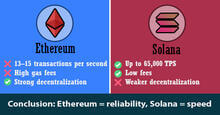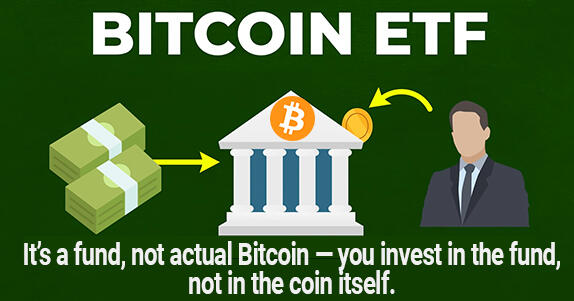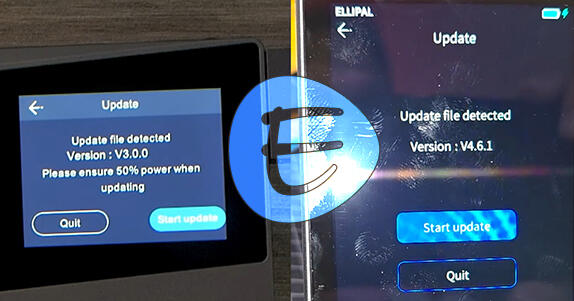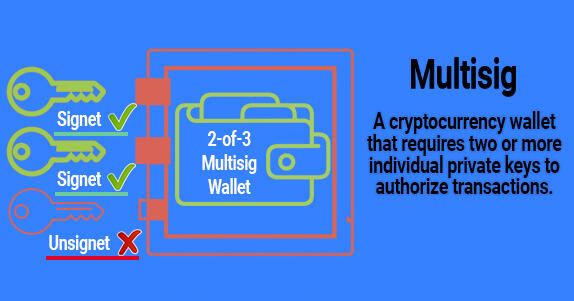How many Bitcoins are there in total? Why is the maximum number of coins 21 million?

Bitcoin's supply is limited to 21 million. That is, there will be a total of 21,000,000 coins and not a coin more!
In fact, it is estimated that there will be even less than 21 million coins, as a huge number of them have been lost throughout the history of BTC.
There are 19,628,600 Bitcoin (BTC) in existence, as of february, 2024. Do the math and that's around 88.1% of the total number of Bitcoin that can ever exist (21,000,000) in the wild. Of this number, around 4,000,000 are believed to be lost, stored on Bitcoin Wallets that have been forgotten or misplaced.
Now, let's throw a little more context into the mix. When Bitcoin inventor Satoshi Nakamoto created Bitcoin, they specified that there could never be more than 21,000,000 in existence. It's this restriction that will regulate the value of Bitcoin, in line with demand — if there was an endless supply, it would be worthless. In theory, at least.
How Many Bitcoin Are There?
- Amount of Bitcoin (BTC) available: 21,000,000
- Amount of Bitcoin (BTC) in circulation: 18,510,925
- Amount of Bitcoin (BTC) left to be mined: 2,489,075
But why did Satoshi Nakamoto choose that particular number? There are at least two plausible explanations.
Briefly:
- Bitcoin was designed so that its maximum supply is 21 million BTC.
- One explanation for the 21 million Bitcoin limit is the money supply replacement theory.
- An alternative proposal is that the limit can be mathematically extrapolated from Bitcoin's operating parameters.
Like many other cryptocurrencies, Bitcoin (BTC) was developed based on the principle of finite supply. This means that there is a fixed upper limit to how many Bitcoins can ever come into existence.
In the case of Bitcoin, the upper limit was set by its creator, Satoshi Nakamoto, to 21 million. For other cryptocurrencies, this limit can vary considerably - from 18.9 million for Monero (XMR) and Dash, to 100 billion for XRP and Tron (TRX).
Money supply replacement theory
By limiting the maximum supply and reducing the rate at which new Bitcoin appeared, Satoshi calculated that each individual unit of Bitcoin (known as a Satoshi) would increase in value over time.
According to an email purportedly provided by Nakamoto and Bitcoin Core contributor Mike Hearn, Satoshi reasoned that if 21 million coins were used by any part of the global economy, 0.001 BTC (1 mBTC) could be worth about €1. This prediction came true back in 2013, when Bitcoin first broke through the €1,000 price point.
Although Satoshi compares Bitcoin's price to the Euro in his email, some simple math indicates that he could have had a much grander vision for Bitcoin - better explaining why the maximum figure of 21 million was chosen.
At the time of Bitcoin's creation, the world's money supply was approximately $21 trillion dollars. This figure, known as the M1 money supply, consists of the total value of all physical money in the world, including cash, coins, traveler's checks, and more.
If Bitcoin grows to become a single world currency, replacing all those that make up the number M1, each BTC will be worth 1 million dollars. Since there are 100 million satoshis in each Bitcoin, the value of each satoshi will be 0.01 dollars.
The fact that these numbers match would be a remarkable coincidence if it wasn't intentional.
Alternative explanation
While the M1 money supply replacement theory is perhaps the most plausible justification for why Satoshi chose 21 million as the Bitcoin limit, there is another, somewhat simpler, possible explanation.
Looking at the parameters used to control Bitcoin supply, it is clear that the 21 million BTC figure allows the network to ensure that blocks are mined in a regular time frame (10 minutes).
This also ensures that the number of Bitcoins paid to miners in block rewards decreases over time as the maximum supply approaches its limit. As it turns out, the satoshi parameters set for this inevitably result in a maximum of 21 million BTC being mined.
Bitcoin's core code currently adjusts the difficulty of mining so that each new block is mined on average every 10 minutes, no matter what hashing rate is specified on the network.
Based on this function, a total of 210,000 blocks should be mined in each four-year cycle, after which the reward per block is halved. This process is referred to as halving. In the first cycle, the reward to miners per block was 50 BTC; in 2012 it was halved to 25 BTC / block, and then in 2016 to 12.5 BTC / block. After halving in 2020, the reward is currently at 6.25 / BTC.
If you extrapolate this data all the way down, you'll find that the sum of block rewards for each cycle is 100 (50 + 25 + 6.25 + 3.125, etc.). Multiplying that number by the 210,000 blocks / cycle number gives you a maximum possible supply of 21 million.
So, is Bitcoin's macimal offering a philosophical gesture or the product of ruthless mathematical logic? Only Satoshi Nakamoto really knows - and he (or she) isn't talking about it.
How To Mine Bitcoin
So, what will happen after all 21,000,000 available Bitcoin have been unlocked? Well, Bitcoin Miners will no longer receive the substantial Block Rewards they're entitled to. Instead, they'll need to settle on receiving smaller Transaction Fees. This means it will take longer and be harder to amass a significant Bitcoin Balance (1 BTC+).
What's more interesting, though, is what will happen to the value: Analysts expect it to surge. So if you manage to mine a whole Bitcoin, worth $9980 at the time of writing, it could be worth ten times that, if not more, a half-decade or so down the line. It's this surge that will encourage Bitcoin Miners to continue mining for Transaction Fees.


























